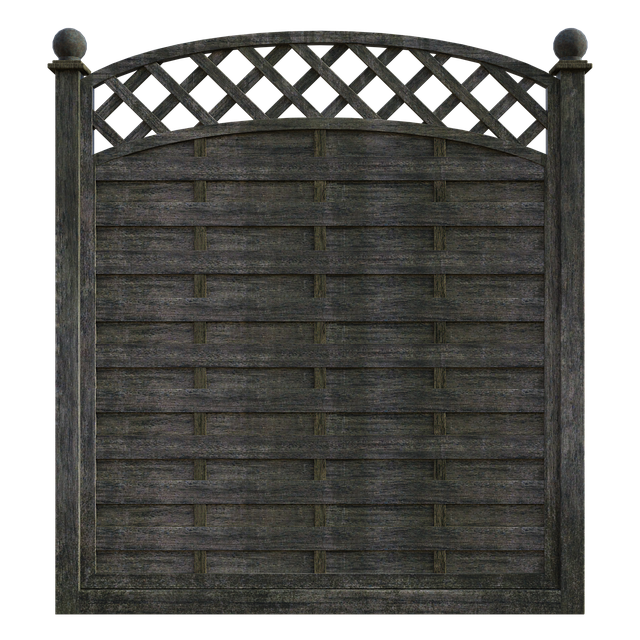In the quest for outdoor sanctuary within urban settings like New Bedford, Massachusetts, privacy fences stand as effective solutions. This article guides homeowners through the intricacies of installing a privacy fence, from understanding its benefits and exploring various types to preparing your New Bedford property and following a meticulous step-by-step installation process. Learn essential post-installation care tips to ensure longevity and maintain the aesthetics of your new barrier.
- Understanding Privacy Fences: Benefits and Types
- Preparation for Installation in New Bedford, MA
- The Installation Process Step-by-Step
- Post-Installation Care and Maintenance Tips
Understanding Privacy Fences: Benefits and Types
Privacy fences serve as more than just barriers; they are investments in your home’s security, peace of mind, and property value. These fences offer a sense of seclusion from neighbors and passing pedestrians, blocking unwanted gazes and noise pollution. Installing a privacy fence can enhance the overall aesthetics of your space, providing a clean and organized look while defining your outdoor boundaries.
There are various types of privacy fences to suit different needs and preferences. From solid wood or vinyl panels to chain link mesh, each material offers distinct levels of privacy and durability. Some fences feature intricate designs, adding an element of style to your property. Others come with built-in gates for easy access, ensuring functionality without compromising security. Choosing the right type depends on factors like budget, desired level of privacy, maintenance preferences, and the overall design of your landscape.
Preparation for Installation in New Bedford, MA
Before the installation process begins, thorough preparation is key to ensure a seamless and efficient project. For privacy fence installation in New Bedford, homeowners should start by assessing their property lines and obtaining any necessary permits from local authorities. This step is crucial as it defines the fence’s layout and ensures compliance with municipal regulations. Additionally, measuring the perimeter of the area where the fence will be erected provides essential data for material requirements and precise cutting.
The preparation phase also involves clearing the site of any obstacles like plants, shrubs, or debris that might interfere with installation. It is recommended to remove or trim these elements back several feet from the designated fence line to facilitate smooth construction. Moreover, checking the soil conditions and ensuring proper drainage can prevent future issues related to water accumulation beneath the fence.
The Installation Process Step-by-Step
Post-Installation Care and Maintenance Tips
After your privacy fence is installed, regular care and maintenance will ensure its longevity and appearance. Start by sweeping or blowing away any debris that may accumulate on top of the fence. This prevents damage caused by heavy rainstorms or snow. Regularly inspect your fence for any signs of wear and tear, such as loose pickets or rusted hardware.
Keep the fence clean by washing it with mild soap and water every few months. Avoid using harsh chemicals that could damage the material. Apply a fresh coat of paint or sealant annually to protect against elements like sun exposure and moisture, ensuring your privacy fence remains in top condition for years to come.
